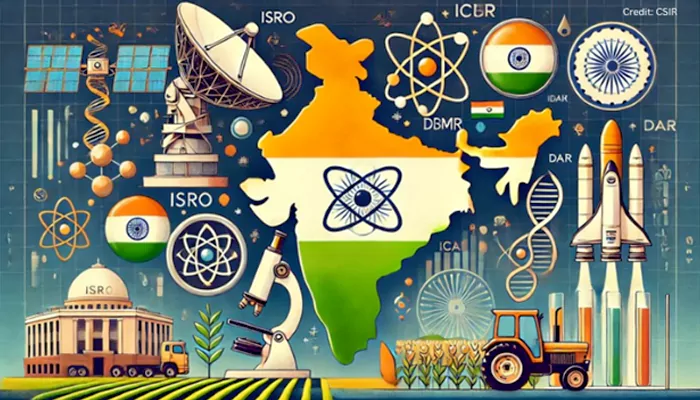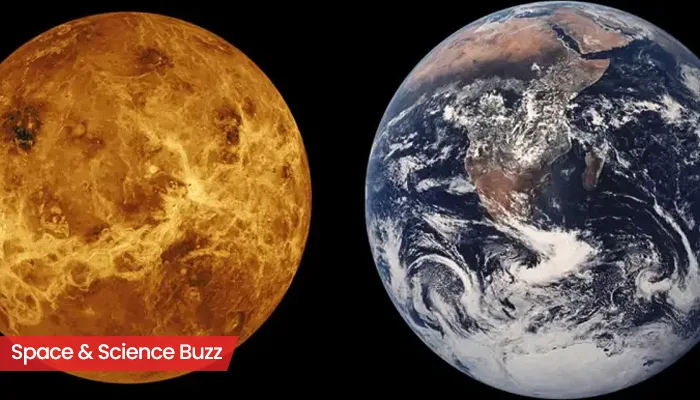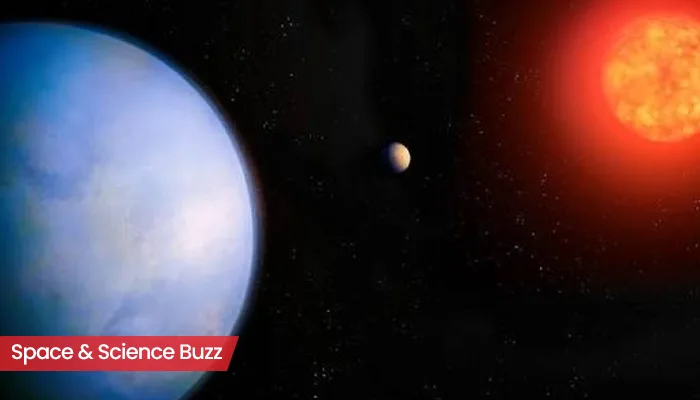
(Credit - Live Science)
Here are today’s most important updates from the realm of Science and Space.
Shark of Mystery: Incredibly Rare White Shark Spotted off Albanian Coast
A ghostly white angular roughshark (Oxynotus centrina) was observed near the Sazan Island, Albania, providing the first-ever example of ‘leucism’ in the species. Leucism is a genetic disorder disrupting melanin production and causing a drastic reduction in pigmentation, as per the published reports. Generally, angular rough sharks are dark gray-brown or black in colour, with dark blotches over their head and sides, which help them to blend easily into the environment. "Some research suggests that a lack of pigmentation may make individuals more visible to both predators and prey, potentially reducing their chances of survival," said the lead author Andrej Gajić, director of the Sharklab ADRIA in Albania.
Health Concerns Mount for Sunita Williams After Lengthy Space Stint
It looks like those two American astronauts stuck in the ISS are not in good health, especially Suni Williams.🤔 pic.twitter.com/0bO64DUXeu
— ShanghaiPanda (@thinking_panda) November 1, 2024
(Credit - X/@thinking_panda)
NASA astronaut Sunita Williams shows signs of health decline after six months in space due to spacecraft malfunction. What was supposed to be an 8-day mission has stretched into a grueling 6 months due to Starliner spacecraft malfunction. Now, alongside fellow astronaut Barry Wilmore, Williams's health is a growing concern. Recent photos show a visibly gaunt Williams, raising fears about significant weight loss and potential nutritional deficiencies—common challenges for astronauts on extended missions. According to Dr. Vinay Gupta, a Seattle-based pulmonologist: "That image suggests that picture is somebody that I think is experiencing the natural stresses of living at a very high altitude, even in a pressurised cabin, for extended periods.”
Planet Nine on the Horizon? 2025 Might Hold the Answer

Astronomers have been searching for Planet Nine for a long time now. However, recent reports have confirmed that a ninth planet is likely to be hidden somewhere. Now, NASA is creating an advanced telescope to explore the entire night sky, to be functional by end of 2025. Thus, scientists are hopeful to determine the existence of Planet Nine. Basically, gravitational anomalies along with unusual orbital patterns in the Kuiper Belt have raised the debate over the existence of mysterious Planet Nine. According to recent predictions, the ninth planet could be very small with mass between 1.5 and 3 times that of Earth. However, astronomers are not sure about the composition. "Its orbit would be very distant, much beyond Neptune, and much more inclined compared to the known planets," Patryk Sofia Lykawka, associate professor of Planetary Sciences at Kindai University in Japan and co-author of the study, said.
A Planet with No Surface? Here’s Why You Can’t Walk on This Mysterious World

Although four planets of the solar system including Mercury, Venus, Earth, and Mars have a solid surface, Jupiter doesn't possess any. Situated between Mars and Saturn, Jupiter is basically a ball of turbulent and stormy gas where some places have winds with a speed of over 400 mph, three times faster in comparison to the Category 5 hurricane on Earth. The top layer of Jupiter is mostly covered with hydrogen and helium and the pressure in the gas giant increases as one moves deeper and deeper. The largest planet, capable of fitting over 1,000 Earths possess such huge pressure that a human body can implode.



.webp)
.WEBP)
.WEBP)
.webp)
.webp)


.webp)
.webp)
.webp)